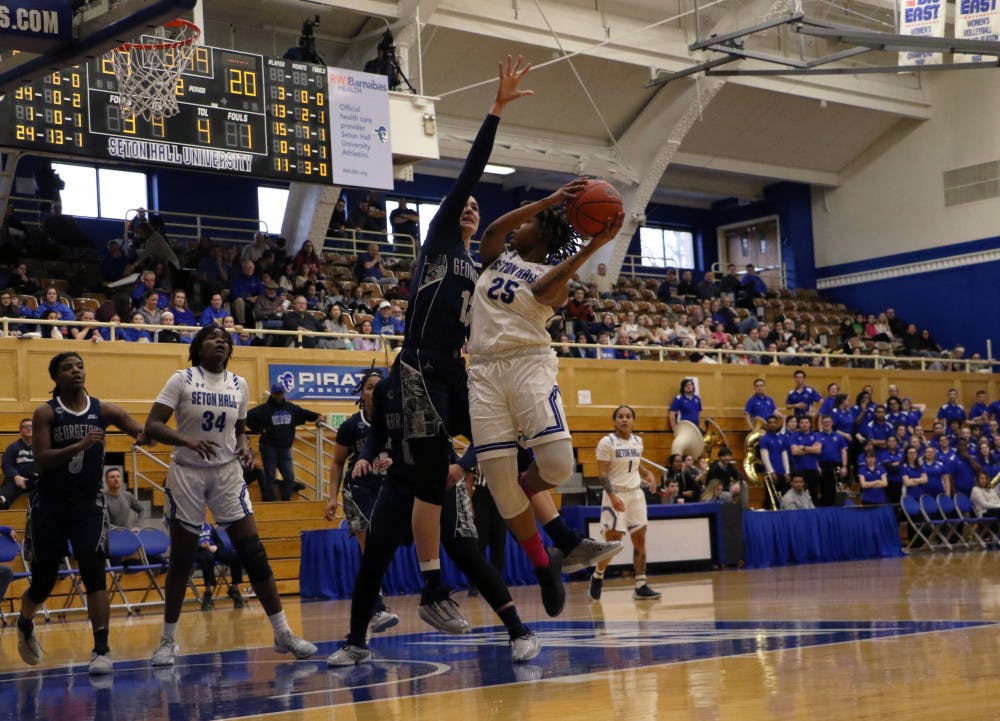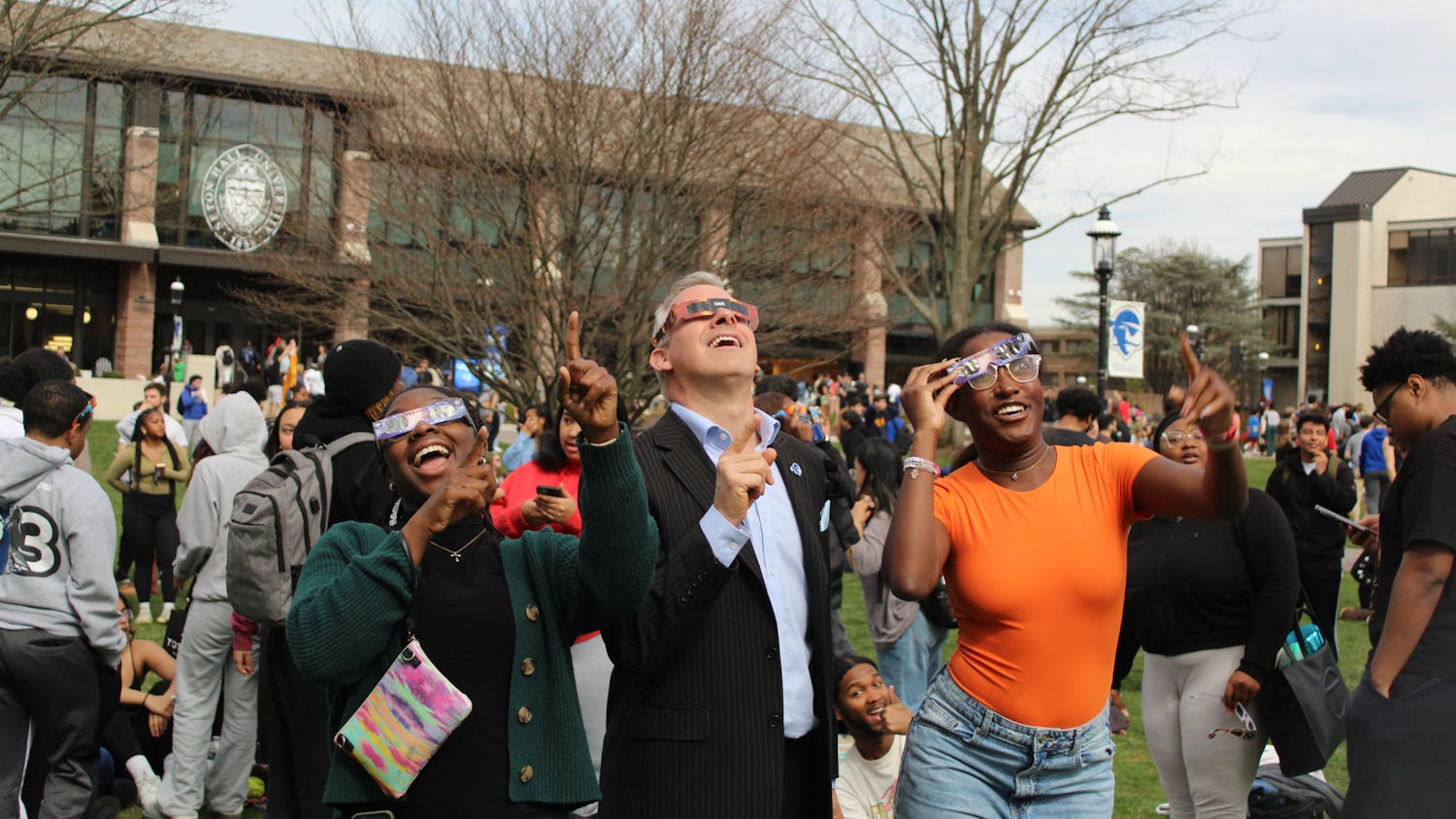The Cecil Group, a planning and design firm based in Boston, Mass., presented the final "South Orange Vision Plan" at a town hall meeting in the South Orange Performing Arts Center loft on Nov. 12. The Vision Plan provides South Orange with a plan to encourage future economic growth within the Village's downtown, Valley St. and Irvington Ave. business corridors.
The Vision Plan is a community-and-market based plan for sustainable, privatized development centered around South Orange's identity as a transit-oriented commuter town. Specific principles and proposals include diversifying the Village's business districts with focuses on diversifying the Village's business corridors, building communication between Seton Hall and the Village to maximize, and support the Village's historical arts and cultural identity.
The final presentation by the Cecil Group, represented at the presentation by Ken Buckland and Steve Cecil, is recognition of about how much things have changed since the last plan was developed for the Village in 1994 by the Atlantic Group, according to Village President Doug Newman.
"What is striking about it is how much the world has changed," Newman said. "There was no Midtown Direct, hard to believe, (SOPAC) did not exist, Seton Hall was largely a commuter school, there was not so much demand for housing and off-campus housing, and a whole host of other things that have changed over the last fifteen years."
The Cecil Group held a series of five town hall meetings, beginning in Oct. 2008, met with Village historical and preservation societies, various community stakeholders, such as business and property owners, and Seton Hall students and the administration to gather information from the community so that the plan they would develop and present was one that arose from the desires of the members of the community.
The result of these meetings is what Newman called a "road map" for South Orange's development for the next ten to twenty years.
In particular, the Vision Plan recommends $14.3 million dollars in infrastructure improvements to the Village in order to make sure South Orange has the capacity to maximize private development and encourage private investment in the community. The plan provides for the addition of up to 500 thousand sq. feet of growth and $121 million dollars in added property values to the Village.
In particular, the Vision Plan focuses on developing the end of Irvington Ave., around Ward Place, as a student focused area.
"We are taking about creating enough of a location (on Irvington around Ward Place) to create an attraction for Seton Hall students and faculty that might want to come and use some of that retail space," Buckland said. The plan suggests that the current car wash on Irvington Ave. be considered as a space to create a multi-use residential building, in other words, an apartment building aimed at students.
Some South Orange residents expressed reservations about potential student housing off campus, citing tax concerns and current problems with students off campus.
"The last thing in the world we need is Seton Hall acquiring more property in the Village for student housing and taking the property off the tax books," South Orange resident Robert Chandross said.
According to Newman, multiple private developers have begun developing housing structures aimed at students. Although, he did not suggest that the university would be acquiring land to construct apartment-style, off-campus student housing.
"I understand that other communities have decided to make investments in student housing, however, as someone who lives in an area that boarders Seton Hall and where we have encountered the disruption of Seton Hall students on weekends, I'd like to see something more concrete about how our concerns would be assuaged," South Orange resident Mark Baltin said.
"Seton Hall has been very much engaged in this process, they have invited us to be part of conversations, not only with the administration but with the students, and they really want to be part of the ongoing process because the village and the village center is also important to them," Cecil said. "As we talk about the process moving forward and stewardship, it is critical that the people who have organized this conversation continue it and keep it going, because this is how the university and you can find new models that will work ."
Newman said that the problems residents have been experiencing are instances where a single-family home is rented to multiple students. He suggested using the residence hall model with a building director and resident assistants, as is employed in university operated off-campus residences, like the Turrell and Ora Manors, as a means to minimize problems between the members of the community.
Village Liaisons President Jacie Jones said she found some aspects of the plan exciting.
"I think their plans for Irvington Avenue are particularly exciting," Jones said. "It is disappointing though that the community's desires are different from the students. They are more interested in attracting wealthy residents who are commuters where students are interest in having a college town with a college feel. (The Cecil Group) did a pretty good job."





